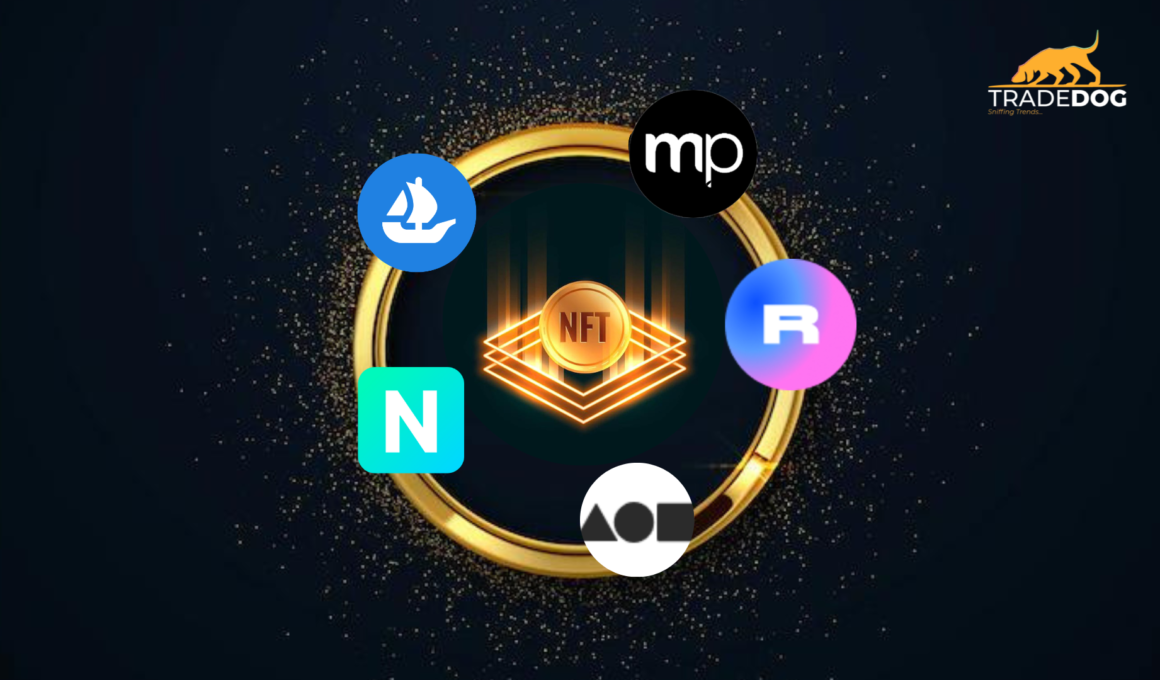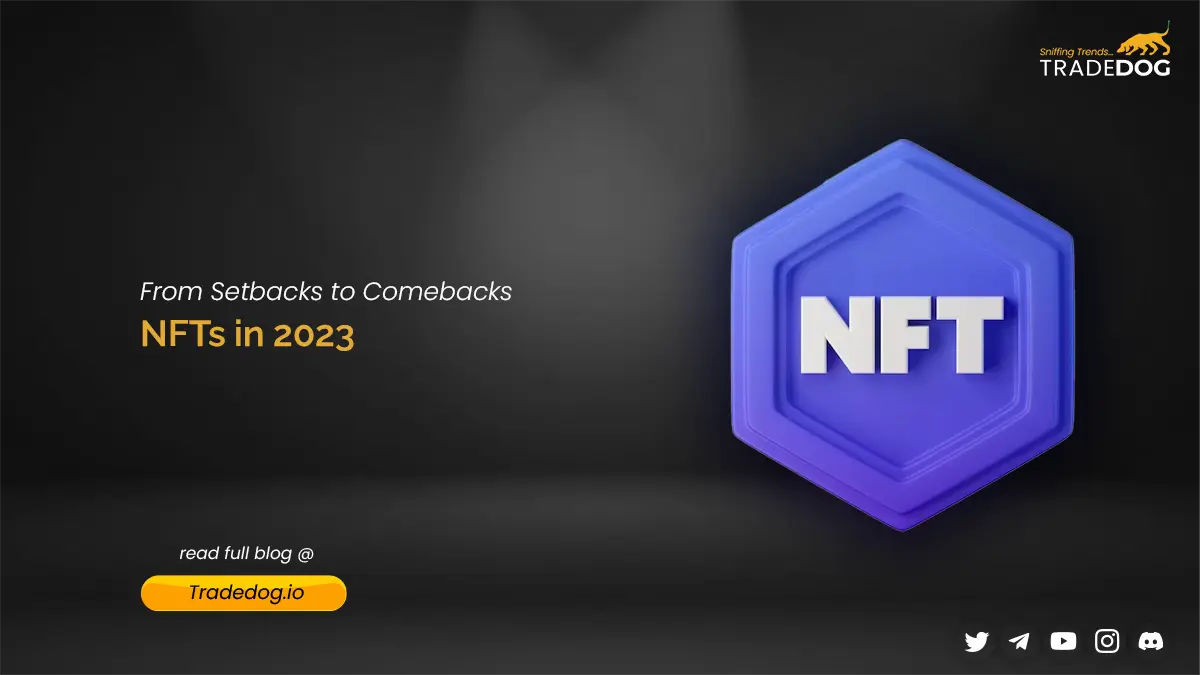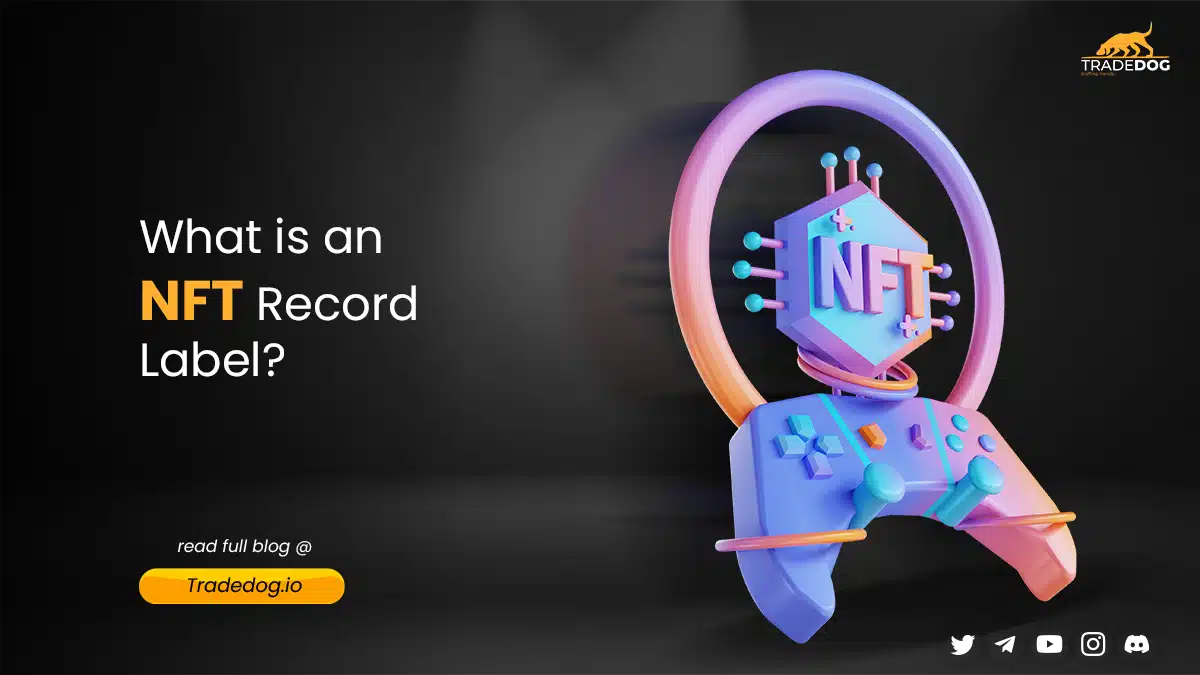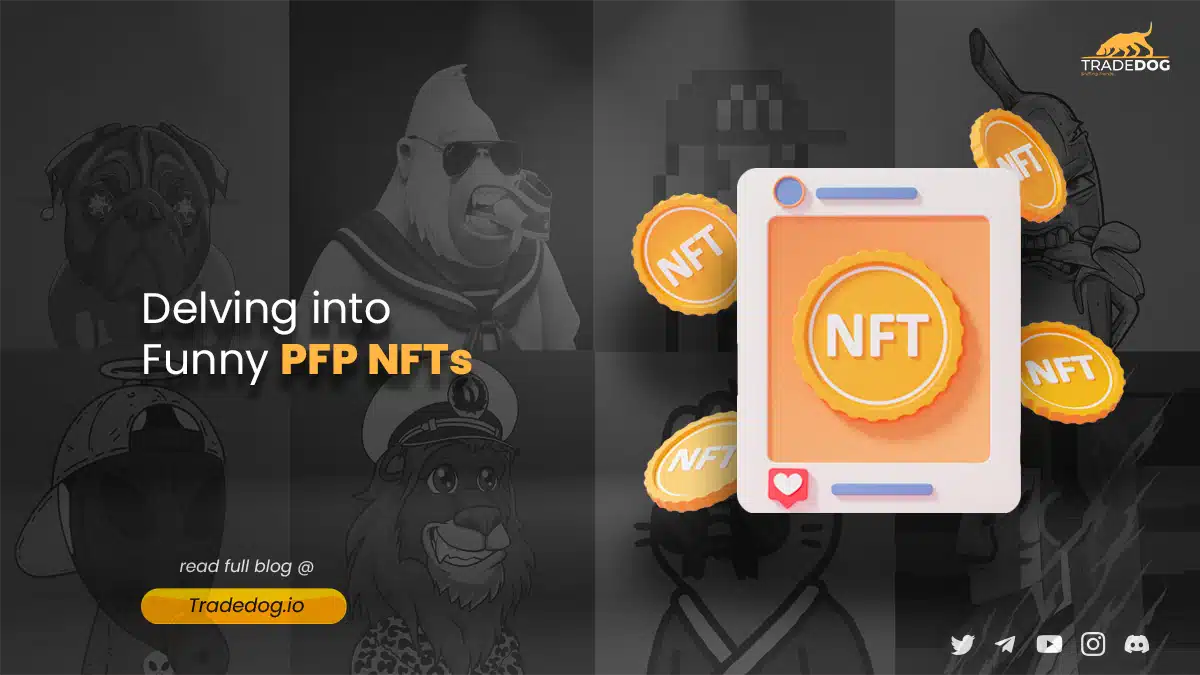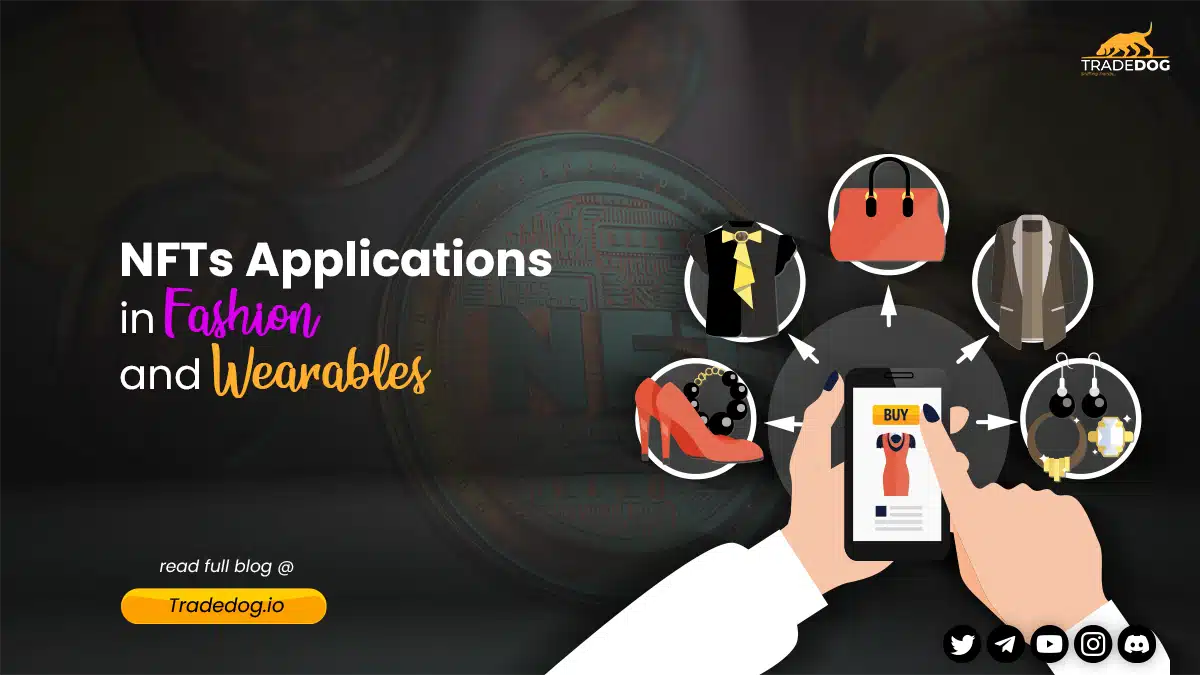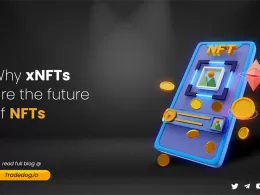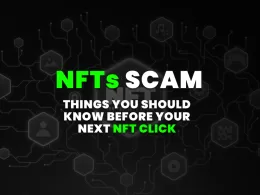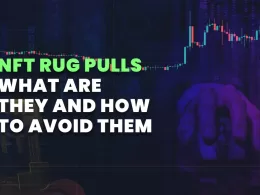Quick Links
A whopping $69m! That is why Beeple, an American digital artist, sold a collage of artworks called “Everydays: The First 5,000 Days” on March 11, 2021. This figure made Beeple’s work the most expensive NFT token to ever be purchased.

Now, if you’ve not already heard about NFTs by now, you might be wondering what an NFT is.
NFT is a short form for the term Non-Fungible Token.
In the world of economics, any asset that is said to be fungible is something that can be readily and easily swapped for another asset without losing its value. An easy example of this is money. You can swap a $100 note for five $20 notes and the value wouldn’t be affected.
Money is a perfect example of a fungible asset.
But for something that is non-fungible, there are unique properties attached to it to prevent it from being swapped with some other asset. Simply put, it is impossible to exchange non-fungible tokens for something else because the value after exchange wouldn’t be the same.
NFTs are one-of-a-kind digital assets that just like any other property can be sold and bought but that’s just what it is; digital assets.
In 2018, the global market capitalization of transactions of NFTs was $40.96 million, in 2019 it was $141.56 million and in 2020 it was $338.04 million. As of March 2021, the volume of trading for NFTs on Ethereum had passed $400 million. This just goes to show you how much NFTs are being accepted by people and how fast the industry is growing.
The increase in market cap directly leads to an increase in the number of people selling NFTs. A Seattle-based Air Force veteran and founder of The Art of Selling Art, Jason Matias said, “There are already tens of thousands of artists in the NFT spaces.” He added, “I don’t think that it’s going to make my work any cheaper. It just means I have to stand out somehow and to continue making ‘better work’ that’s more sophisticated, more thoughtful, and with more intention.”
How NFTs work

People collect traditional artworks because they are one-of-a-kind and this bestows a sense of value on them. It, however, isn’t the same for digital files. They can be easily duplicated into as many copies as possible and it removes the feeling of exclusivity traditional artworks give their owners. However, this problem is being solved with the rise of NFTs.
Digital artworks are now “tokenized” and this gives it the exclusive feeling regular physical artworks carry. Digital certificates of ownership that are sold and bought, that’s how NFTs should be thought of. From Beeple’s sale of digital artwork for $69m to the Gif of Nyan Cat that sold for $590,000 to Jack Dorsey, the founder of Twitter who sold an NFT of his first-ever tweet for $2.9m, NFTs aren’t restricted to just artworks alone. You can literally tokenize anything of sentiment and create an NFT out of it.
Where are NFTs sold?
For any buying and selling to occur, there has to be a market and this applies to NFT too. There are dedicated platforms most of them built on the Ethereum blockchain and they allow people to display their NFTs to potential collectors. These NFTs on the Ethereum blockchain are created using the proof-of-work (PoW) process and this emits a lot of CO2 that is not good for the environment. It has led to the rise of NFTs on other blockchains like Tron, Polkadot, Algorand, and Tezos.
There are universal platforms where all kinds of NFTs are sold and there are also niche NFT marketplaces. Niche marketplaces focus on providing users with specific types of NFTs, for example, there are platforms that sell only sport NFTs there are those that deal with game characters only, those that only sell artworks, etc.
In this article, we’ve listed some NFT marketplaces with the largest volume in trade, which means they’ve got the largest number of sellers and buyers.
1. OpenSea

With more than 4 million products on its platform and monthly sales of over $95 million, $150 million, and $93.6 million respectively for the months of February till April 2021, OpenSea is the largest NFT marketplace for gaming items, collectibles, digital art, digital goods, etc. Built on the Ethereum blockchain, OpenSea is a decentralized marketplace where buyers and sellers carry out transactions using a smart contract. The website has over 700 different projects and offers artists a minting tool for the easy creation of NFTs on the platform without needing to write a single line of code.
2. Foundation

Launched in February 2021, Foundation was the marketplace where the viral internet meme Nyan Cat was sold for $590,000, and also, the successful record sale of Pak’s Finite was worth around $809,789 as of the end of March 2021.
The platform has a creator-first, community-led approach. It encourages artists to select and invite other artists to use the website for minting their NFTs. Collectors looking to buy NFTs can also browse available artworks. Some popular Foundation artists include Kim Laughton, Nadya Tolokonnikova of Pussy Riot, Dom Hofmann, the co-founder of Vine, and Zach Lieberman.
3. Rarible

On Rarible, creators are able to sell both single items and collections. Built on the Ethereum blockchain, the platform uses RARI, its own cryptocurrency. RARI is the first governance token in the NFT space and it gives the most active creators and collectors on Rarible the right to vote for changes and upgrades in the protocol. Celebrities such as Rapper Soulja Boy and billionaire franchise owner Mark Cuban have minted NFTs in the past on Rarible.
4. MakersPlace

This platform offers its creators a commission of 10% as royalty every time their art gets re-sold on MakersPlace. The platform also takes a 15% cut for every sale made.
MakersPlace is a marketplace where unique digital creations are sold and collected. Digital creators, such as photographers, artists, and writers are given tools to protect their works and sell them to people interested in collecting their works.
5. Nifty Gateway

The platform was acquired from another set of identical twins by the Winklevoss twins in 2019, Cameron and Tyler was the host of the landmark auction that saw Beeple sell CROSSROAD for $6.6 million, a record then. This kicked off the NFT hysteria for the mainstream media.
Nifty Gateway (link) currently leads in sales volume and uses what it calls “open editions” to make lots of sales. Open editions are an unlimited number of editions that are created for a period of time. They are sold at a set base price and once the window closes, no more of that NFT is ever sold/issued. The platform has a feature that allows NFTs to be purchased using fiat and it has been huge for them in terms of onboarding new users who are new to cryptocurrencies.
Conclusion
NFTs and their marketplaces have seen tremendous growth, especially in the first quarter of 2021. As of March, the total market cap of the major NFT projects had increased by 1,785%. Celebrities and artists are jumping on the NFT hype and this only points to one thing for the industry; a bright future (or not?).
Marketplaces like OpenSea and Rarible have seen their sales rise by between 50-fold to 100-fold in the first quarter. The industry is gradually reaching maturity. Over the next five years, it may reach a level of acceptability, just like how Bitcoin and the general crypto space are being accepted by millions of people by the day.
A handful of people would differ on this though. The argument is that the craze around NFTs will be ephemeral, especially in the art sector. They might be right and the NFT craze will be short-lived, but they might also be wrong and the industry goes ahead to achieve many more amazing things for a long time to come. But the most important thing to note here is that the invention and rush for NFTs now could represent a larger shift and play a bigger role in where the digital economy is headed. For better or worse, NFTs and their marketplaces are first and foremost disruptive and we will have to see how well the industry does in the next couple of years to really know if it has come to stay or not.





